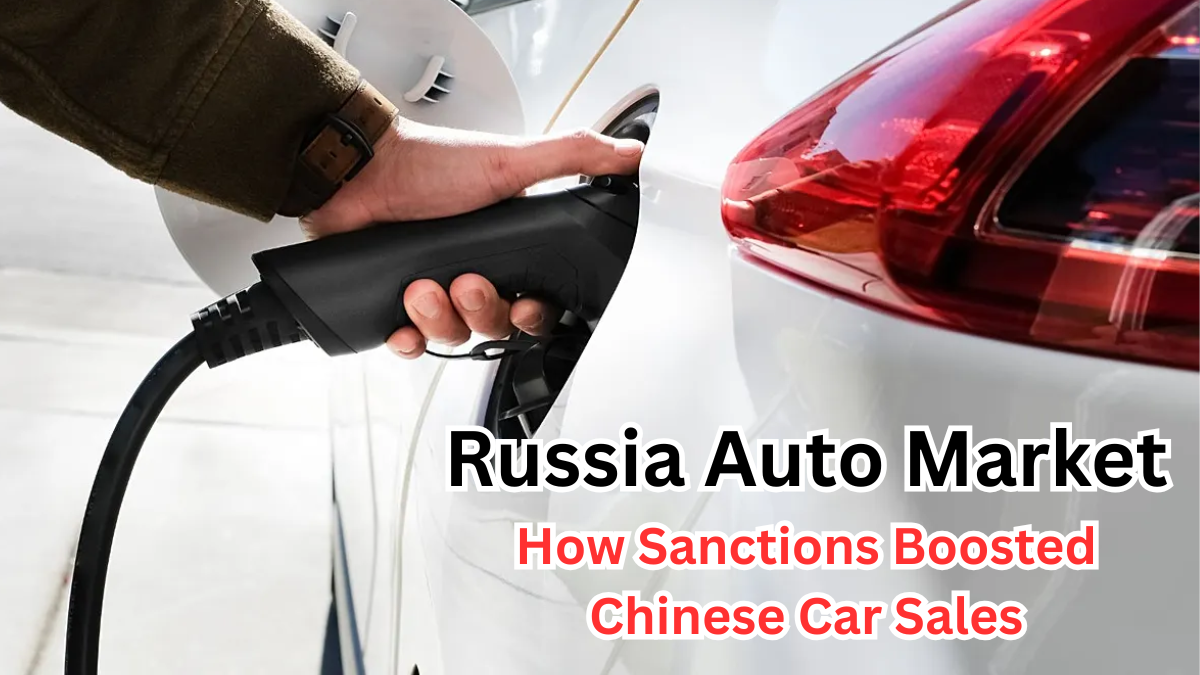The Russian automotive landscape in 2025 tells a compelling story of adaptation, resilience, and shifting allegiances. With Western sanctions isolating Russia and prompting the exit of major global automakers, Chinese car brands have swiftly filled the void, leading to a significant transformation in the market.

The Rise of Chinese Automakers in Russia
Market Dynamics
-
Sales Surge: In 2024, over 1 million Chinese vehicles were sold in Russia, marking a sevenfold increase from the previous year.
-
Dominant Players: Brands like Haval, Chery, Changan, Geely, and GAC have become household names, capturing over 50% of the Russian car market.
-
Local Production: Companies such as Great Wall Motors and Chery have established assembly plants in Russia, producing models like the Haval Jolion and Chery Tiggo 7 Pro Max locally.
Strategic Moves
-
Joint Ventures: Chery’s partnership with AvtoVAZ to produce the Tiggo 7 Pro Max exemplifies the deepening ties between Russian and Chinese automotive industries.
-
Market Expansion: Brands like Omoda and Jaecoo are targeting the mid-to-premium segments, offering alternatives to the now-absent Japanese and European models.
Challenges Amid Growth
Despite the impressive growth, the Russian auto market faces several hurdles:
-
Economic Strain: High inflation (8.9%), elevated interest rates (21%), and a depreciating ruble have dampened consumer purchasing power.
-
Market Saturation: The influx of Chinese vehicles has led to oversupply, with dealerships reporting unsold inventories and some brands considering exit strategies.
-
Regulatory Hurdles: Sanctions have complicated financial transactions, with Russian banks facing challenges in processing payments for Chinese imports.
Sales Trends: A Comparative Snapshot
| Year | Total Car Sales (Million Units) | Chinese Market Share (%) |
|---|---|---|
| 2023 | 1.57 | 20 |
| 2024 | 1.25 | 50 |
| 2025 (Projected) | 1.00 | 55 |
Note: Figures are approximations based on available data.
The Role of Sanctions in Shaping the Market
Western sanctions have inadvertently accelerated Russia’s pivot towards China:
-
Trade Diversion: With the West cutting ties, Russia has increasingly relied on Chinese imports, including automobiles.
-
Financial Realignment: The shift towards the Chinese yuan for transactions has altered Russia’s financial landscape, reducing dependence on Western currencies.
-
Strategic Partnerships: The “no limits” partnership between Russia and China has facilitated smoother trade and investment flows, despite external pressures.
FAQs
1. Why have Chinese car brands become so popular in Russia?
With the departure of Western automakers due to sanctions, Chinese brands swiftly filled the gap, offering affordable and reliable alternatives.
2. Are all Chinese car brands succeeding in Russia?
No. While many have thrived, some, like BYD, have faced challenges due to lower demand for electric vehicles in Russia.
3. How have Russian consumers responded to Chinese cars?
Initially hesitant, many Russian consumers have embraced Chinese vehicles, appreciating their affordability and modern features.
4. What does the future hold for the Russia auto market?
While challenges persist, the growing presence of Chinese automakers and strategic partnerships suggest a continued shift towards Chinese dominance in the Russian auto sector.
Click here to learn more